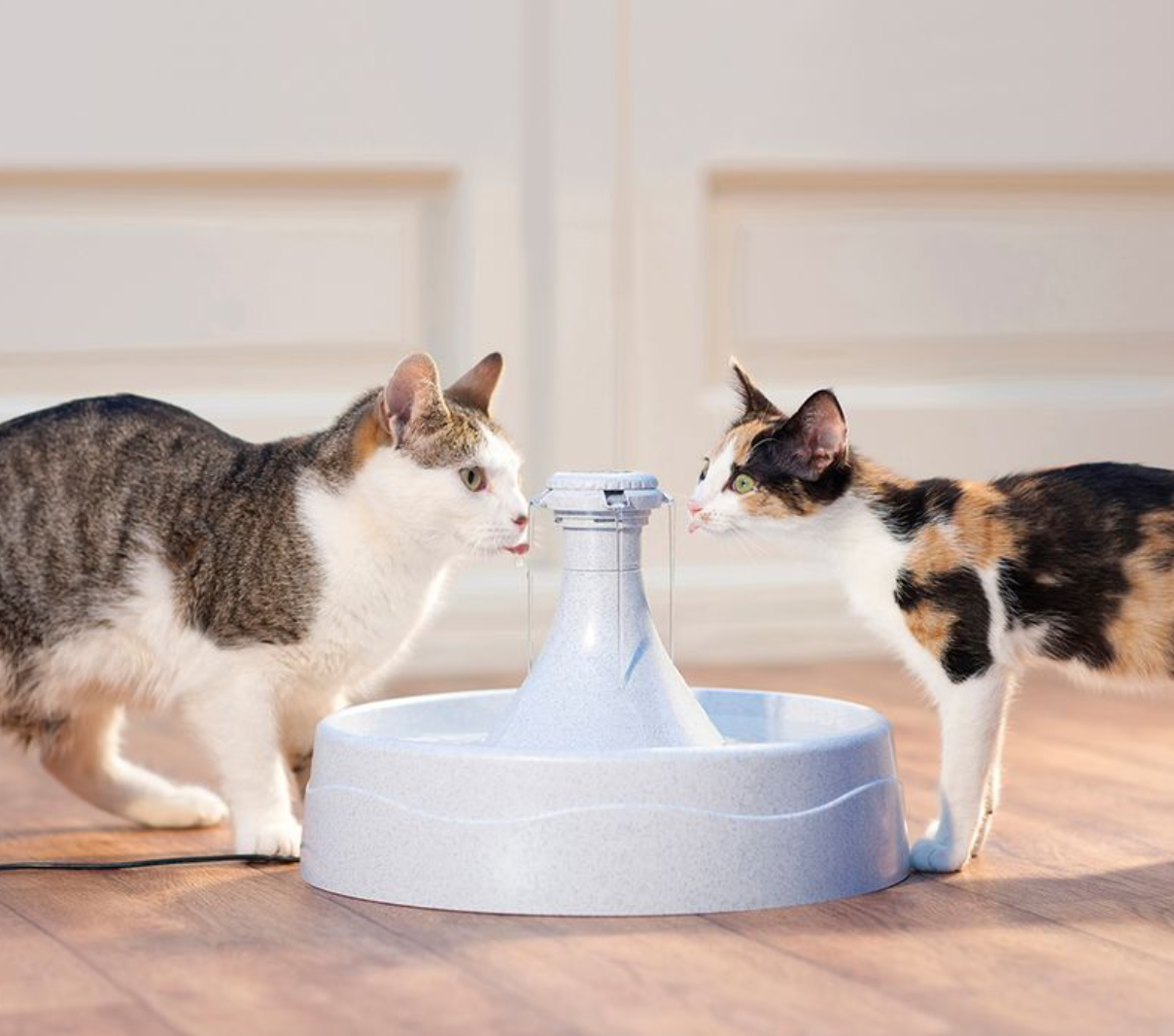The Ultimate Guide to Toilet Training Your Cat
Ever wondered how to train your cat to use the toilet? Look no further! This comprehensive guide will provide you all the necessary information.
Introduction
Toilet training your cat is not only a party trick to impress your friends, but it also has practical benefits. It eliminates the need for litter, thus saving you both time and money.
Table of Contents
Understanding Your Cat's Behavior
Setting Expectations
The Training Process
Common Challenges
Expert Advice
Conclusion
Understanding Your Cat's Behavior
Understanding your cat's behavior is the first step to successful toilet training.
Recognizing the Signs
Cats typically show signs when they need to use the bathroom. These signs can include scratching or sniffing around.
Understanding Their Resistance
Cats are creatures of habit. Changes to their routine, such as switching from a litter box to a toilet, may be met with resistance.
Setting Expectations
It's important to set realistic expectations when toilet training your cat.
Timeframe
Training can take anywhere from two weeks to three months, depending on the cat's individual personality and learning speed.
Patience is Key
It is crucial to be patient with your cat during this process. There will likely be accidents along the way.
The Training Process
The training process can be broken down into several straightforward steps.
Step 1: Gradual Introduction
Start by gradually introducing your cat to the bathroom. This can be done by moving their litter box closer to the bathroom each day.
Step 2: Elevating the Litter Box
Once your cat is comfortable with the bathroom, the next step is to elevate their litter box. This can be done by placing it on top of stacks of newspapers or books.
Step 3: Introducing the Toilet Seat
The final step is to introduce your cat to the toilet seat. This can be done by purchasing a special cat training seat, which fits over your existing toilet seat.
Common Challenges
Toilet training your cat is not without its challenges.
Fear of Water
One common challenge is a cat's natural fear of water. This can make them hesitant to use the toilet.
Missing the Litter Box
Another common challenge is a cat missing the litter box. This can be resolved by gradually decreasing the amount of litter used.
Expert Advice
Here are some expert tips to help your cat transition smoothly.
"Consistency and patience are key when toilet training your cat." - Dr. Jane Smith, Veterinarian
Using Positive Reinforcement
Positive reinforcement, such as treats or praise, can be effective in encouraging your cat to use the toilet.
Consulting a Professional
If you're struggling with the training process, it may be worth consulting a professional.
Conclusion
Toilet training your cat can be a challenging but rewarding process. By understanding your cat's behavior, setting realistic expectations, and following a gradual training process, you can successfully train your cat to use the toilet.


































